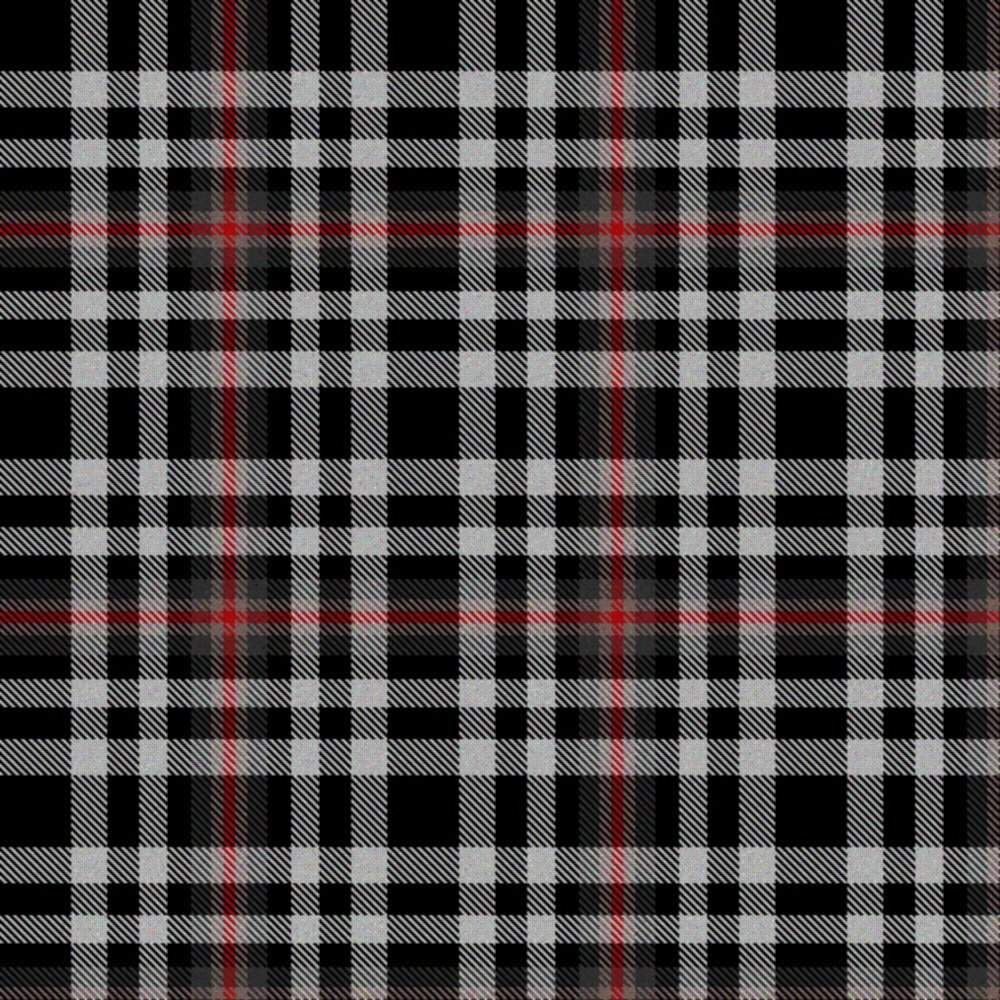Dapple Grey
Tartan of the Day
Jul 11
Click the tartan to view its entry in The Scottish Registers of Tartans which includes registration details, restrictions, and registrant information.
Unregistered tartans may link to one of the web's online design environments for similar information.
For any questions about reproduction of designs or weaving of these tartans, please contact the registrant directly or via this website.
Zebra Day
"I asked the Zebra, are you black with white stripes?
Or white with black stripes?
And the zebra asked me, Are you good with bad habits?
Or are you bad with good habits?"
~ Shel Silverstein
Don't be deceived by those ribbons! Unlike domesticated horses, zebras are fiercely independent, resisting taming and training with their bold and unpredictable nature. Known for their determination, they won’t hesitate to fight back when threatened. If you see a bit of yourself in their untamed spirit, this stripey tartan tribute is the perfect fit—complete with a bold red ribbon stripe for those moments when you’re ready to stand out from the herd.
For actual zebras, their stripes create a fascinating form of camouflage that works in multiple ways, depending on the environment and the observer. The disruptive coloration of alternating black and white stripes make it difficult for predators like lions to focus on a single zebra’s outline. Additionally, when zebras move in a herd, their stripes blend together, creating an optical illusion, a "motion dazzle", which makes it difficult for predators to track a single zebra, confusing their depth perception and ability to predict movement.
But zebra stripes aren’t just about camouflage—they’re a marvel of thermodynamics! The dark stripes soak up more sunlight than the light ones, creating tiny air currents that swirl away heat, keeping zebras cool while also baffling pesky biting flies. And once in a while, a zebra foal is born with a striking polka-dot pattern instead of the usual stripes!
Zebras have also become a powerful symbol for rare diseases, thanks to the medical saying: "When you hear hoofbeats, think horses, not zebras," which, though useful for a majority of diagnoses, can sometimes lead to the misdiagnosis or dismissal of patients with rare conditions. Go Zebras! 🖤 🤍 ❤️ 🦓 🦓 🦓 🎗️
Zebras are several species of African equids (horse family) united by their distinctive black and white striped coats. Their stripes come in different patterns, unique to each individual.
Unlike their closest relatives, horses and donkeys, zebras have never been truly domesticated.
While plains zebras are still plentiful, one subspecies, the quagga, became extinct in the late 19th century. Its name was derived from its call, which sounded like "kwa-ha-ha". The quagga was distinguished from other zebras by its limited pattern of primarily brown and white stripes, mainly on the front part of the body. The rear was brown and without stripes, and therefore more horse-like.
It was originally believed that zebras were white animals with black stripes, since some zebras have white underbellies. Embryological evidence, however, shows that the animal's background color is black and the white stripes and bellies are additions.
The zebra stripes are believed to have several functions: camouflage, visual cues and identification, creation of a light pattern that reduces attractiveness to flies, and even cooling (by creation of air currents generated by the heat differential between the light and dark striped patterns).
By designer Carol A.L. Martin, this tartan design adds a touch of imaginary whimsy to the stark black and white of a zebra pattern.
Occasionally, variants of the stripe pattern occur such as the "polka dot" patterned foal shown above. This may be a result of partial albinism, a condition where reduced melanin causes a zebra's stripes to appear a pale, golden color.
To see Zoe, a "golden" or "white" zebra, a rare colouration that is not a result of albinism, click the zebra mother and her "polka dot" baby.







